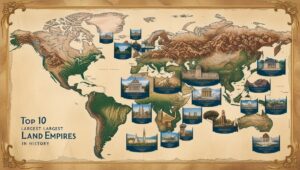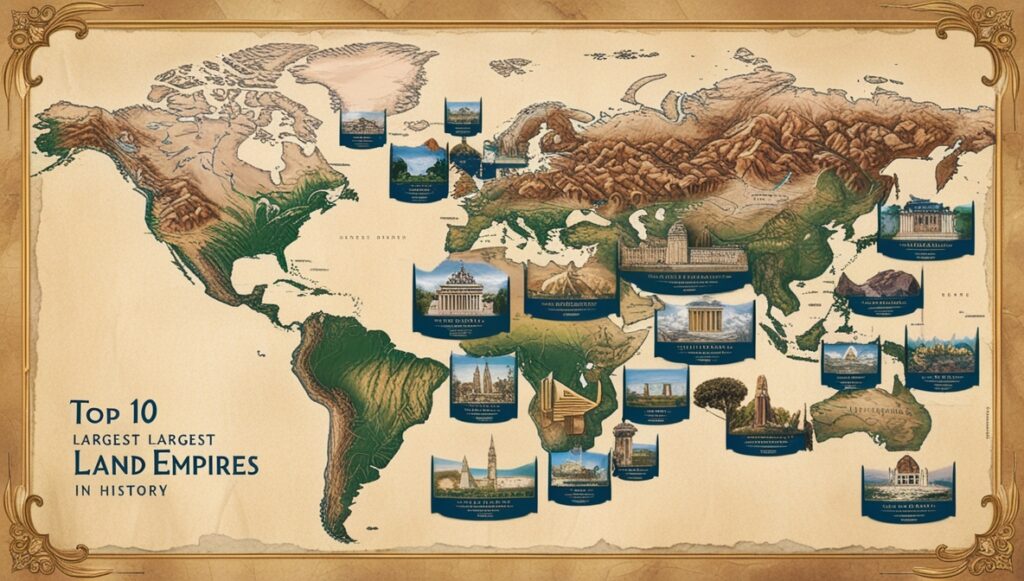
TOP 10 LARGEST LAND EMPIRE IN HISTORY
TOP 10 LARGEST LAND EMPIRE IN HISTORY
Here are the top 10 largest contiguous land empires in history, measured by land area at their greatest extent:
1. Mongol Empire (1206–1368)
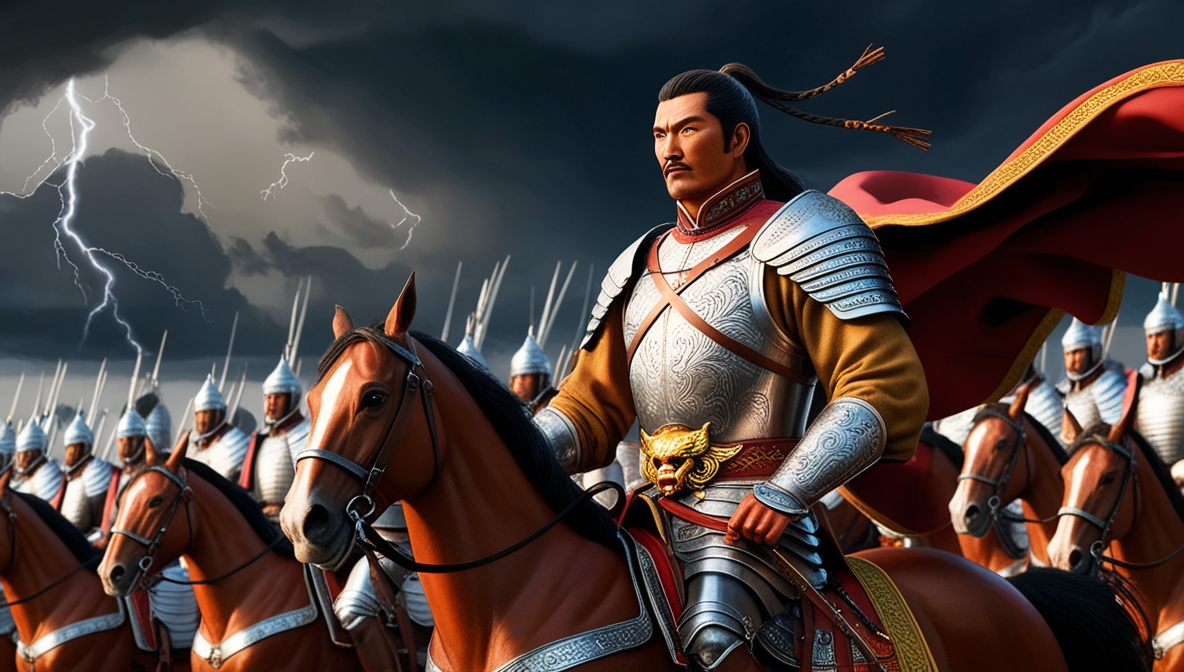
The Mongol Empire, founded by Genghis Khan, is the largest contiguous land empire in history, covering 24 million square kilometers (9.27 million square miles) at its peak. The empire stretched from Eastern Europe across Asia to the Sea of Japan, encompassing vast areas of China, Central Asia, Russia, Persia, and more. Genghis Khan’s military brilliance and use of cavalry tactics were crucial to the Mongols’ rapid expansion. His successors, like Kublai Khan, extended the empire further, creating one of the most diverse and dynamic empires ever. The Mongols revolutionized warfare, trade, and diplomacy, establishing the famous Silk Road network and promoting cultural exchanges across their vast domain.
2. Russian Empire (1721–1917)

The Russian Empire, spanning 22.8 million square kilometers (8.8 million square miles), was one of the largest empires in history. It reached its zenith under Tsar Alexander II in the late 19th century, encompassing Europe, Asia, and North America (Alaska). The empire expanded through conquests in Siberia, Central Asia, and the Caucasus. With a diverse population and vast natural resources, Russia became a significant global power. However, internal political struggles and economic challenges contributed to its collapse during the Russian Revolution in 1917, leading to the rise of the Soviet Union. The empire played a key role in shaping modern Eurasia and geopolitics.
3. Qing Dynasty (1644–1912)
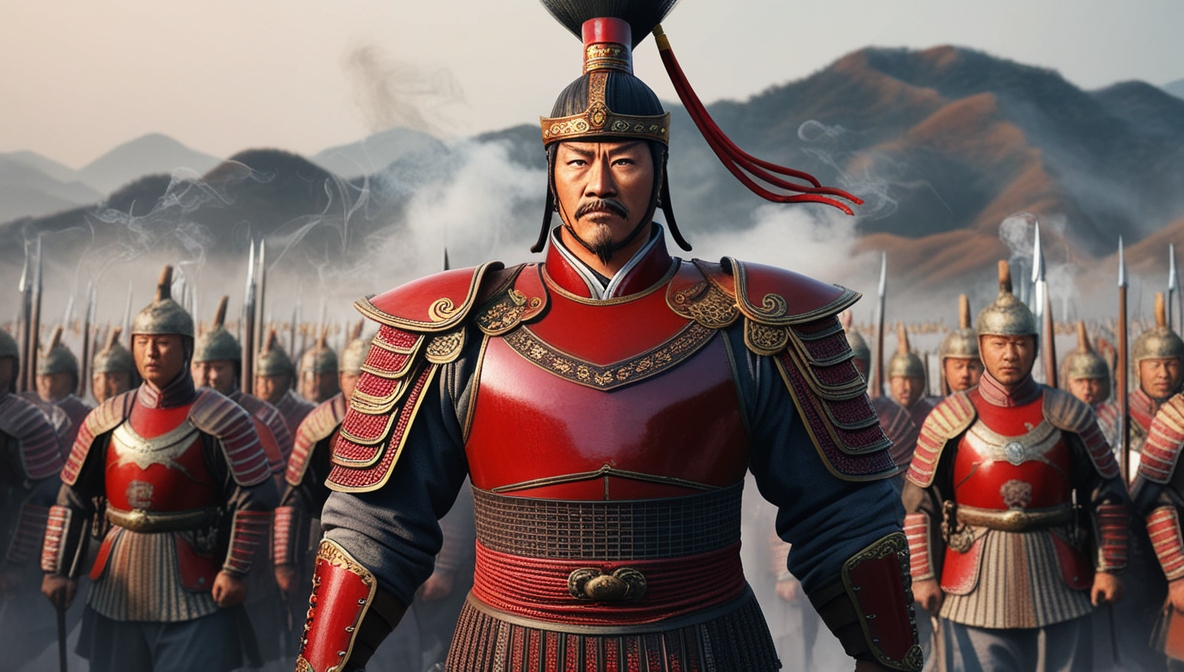
The Qing Dynasty was China’s last imperial dynasty, ruling over 14.7 million square kilometers (5.7 million square miles) at its peak under Emperor Qianlong in the 18th century. The Qing Empire encompassed modern China, Mongolia, Taiwan, Tibet, and parts of Central Asia. It was founded by the Manchus and expanded through military conquests, integrating various ethnic groups under its rule. The Qing period was marked by stability, territorial expansion, and cultural flourishing. However, internal rebellions, foreign invasions, and the rise of European colonial powers contributed to its decline, leading to the fall of the dynasty in 1912 and the establishment of the Republic of China.
4. Umayyad Caliphate (661–750)
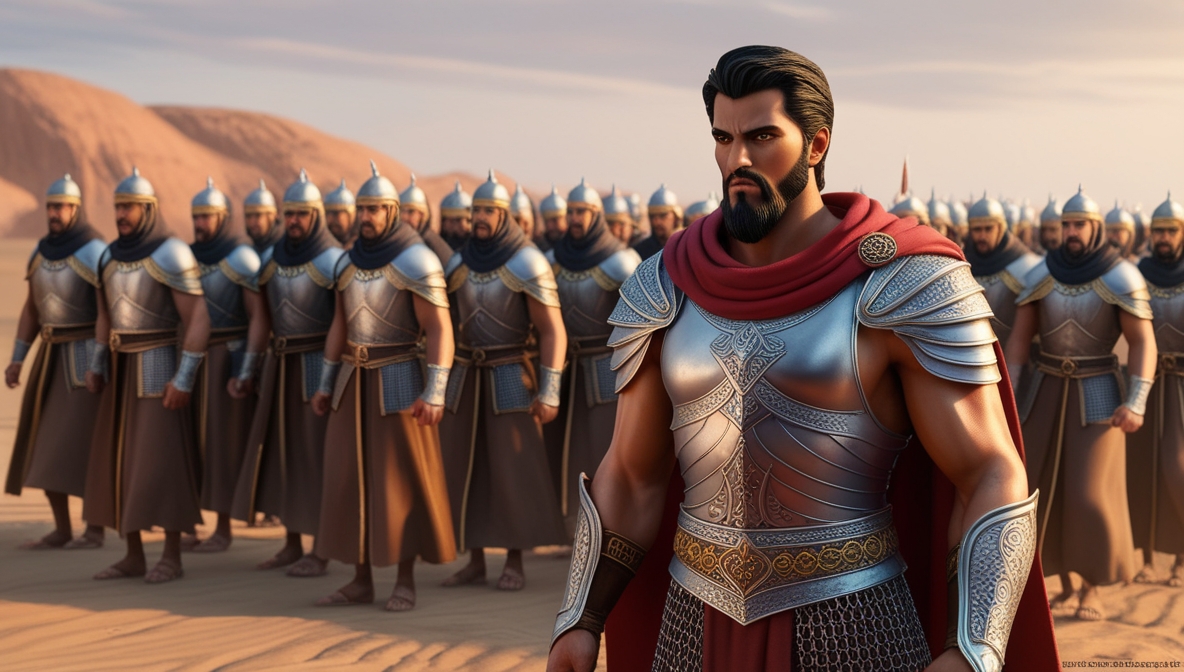
At its height, the Umayyad Caliphate controlled 13.5 million square kilometers (5.2 million square miles), making it one of the largest Islamic empires in history. Under Caliph al-Walid I in the early 8th century, the Umayyads expanded rapidly, conquering North Africa, the Iberian Peninsula (Spain), the Middle East, and parts of Central Asia. The caliphate played a crucial role in spreading Islam, Arabic culture, and advancements in science and learning. The Umayyads established a vast trade network and centralized administration. Their empire eventually fragmented due to internal strife and was succeeded by the Abbasid Caliphate, which continued Islamic expansion.
5. Yuan Dynasty (1271–1368)
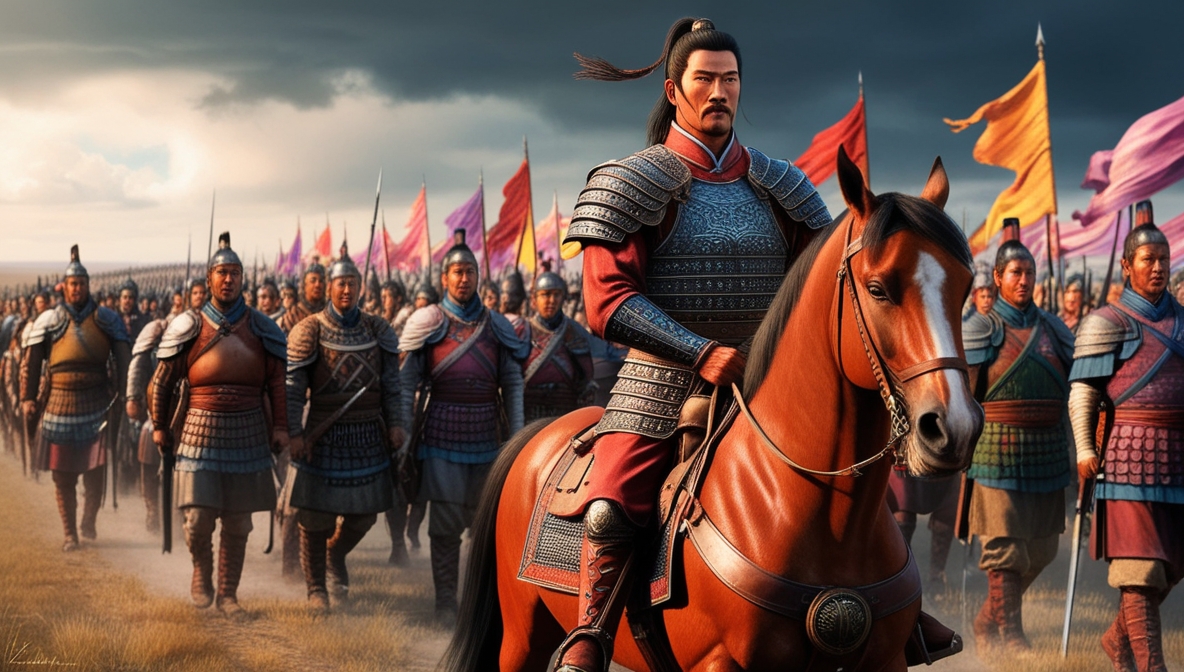
The Yuan Dynasty, founded by Kublai Khan, was the first foreign-led dynasty to rule all of China. At its peak, it spanned 11 million square kilometers (4.25 million square miles). As part of the larger Mongol Empire, it controlled China, Mongolia, and parts of Central Asia. The Yuan marked a significant era in Chinese history, with the unification of China and the promotion of trade along the Silk Road. Despite its military success, internal rebellions, economic issues, and power struggles weakened the dynasty, leading to its collapse in 1368 and the rise of the Ming Dynasty.
6. Abbasid Caliphate (750–1258)
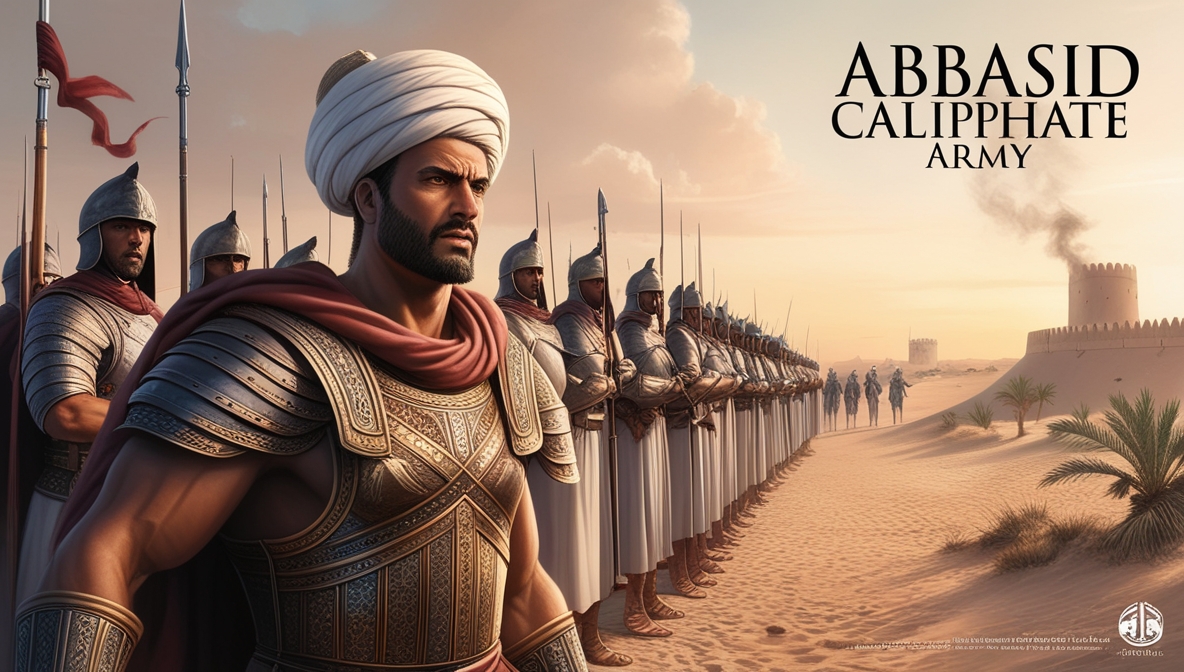
The Abbasid Caliphate, which succeeded the Umayyads, controlled 10.5 million square kilometers (4.1 million square miles) at its peak under Caliph al-Mansur. Its capital, Baghdad, became a cultural and intellectual hub during the Islamic Golden Age, fostering advancements in science, medicine, mathematics, and philosophy. The Abbasids ruled over much of the Middle East, North Africa, and parts of Central Asia. The empire was known for its cosmopolitan culture and tolerance of different religions. However, the caliphate gradually weakened due to internal strife, invasions, and the rise of regional powers like the Seljuk Turks, leading to its fall in 1258.
7. Caliphate of Córdoba (929–1031)
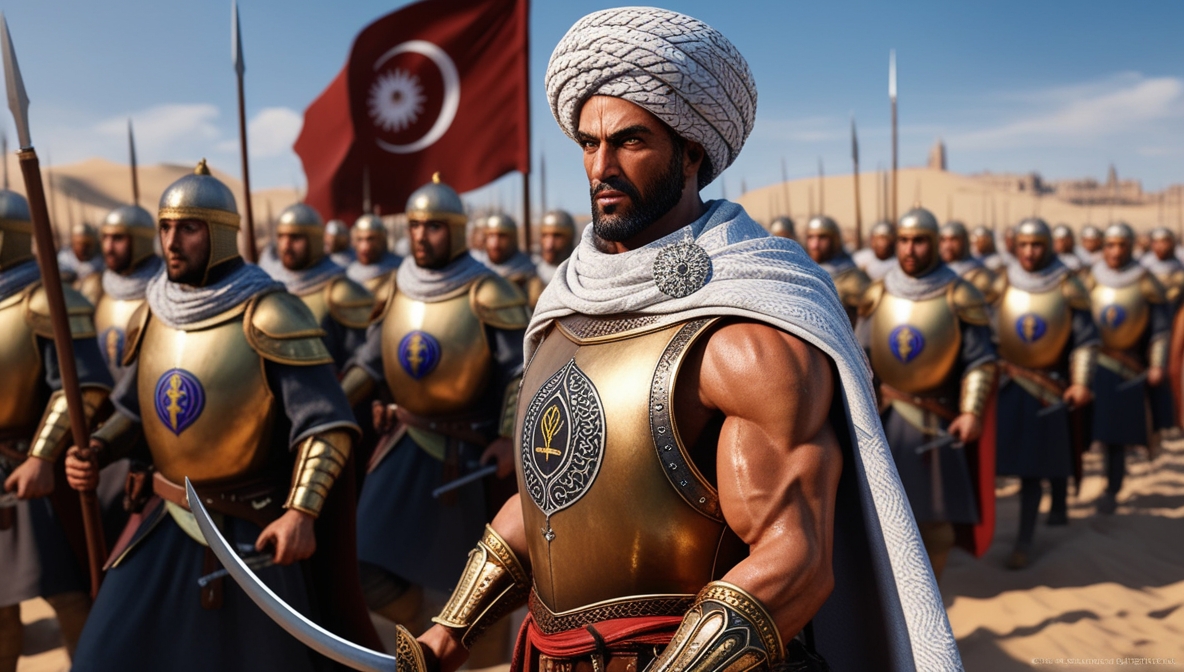
The Caliphate of Córdoba was one of the largest and most prosperous Islamic states in medieval Europe, covering 9.7 million square kilometers (3.74 million square miles). Established in Spain and parts of North Africa, it reached its height under Abd-ar-Rahman III in the 10th century. The Caliphate became a center of learning and culture, particularly in the city of Córdoba, which housed scholars and scientists from across the Muslim world. The Islamic culture, architecture, and advancements in science and philosophy flourished during this time. The empire fragmented into smaller kingdoms after a period of internal strife and civil war.
8. Ottoman Empire (1299–1922)
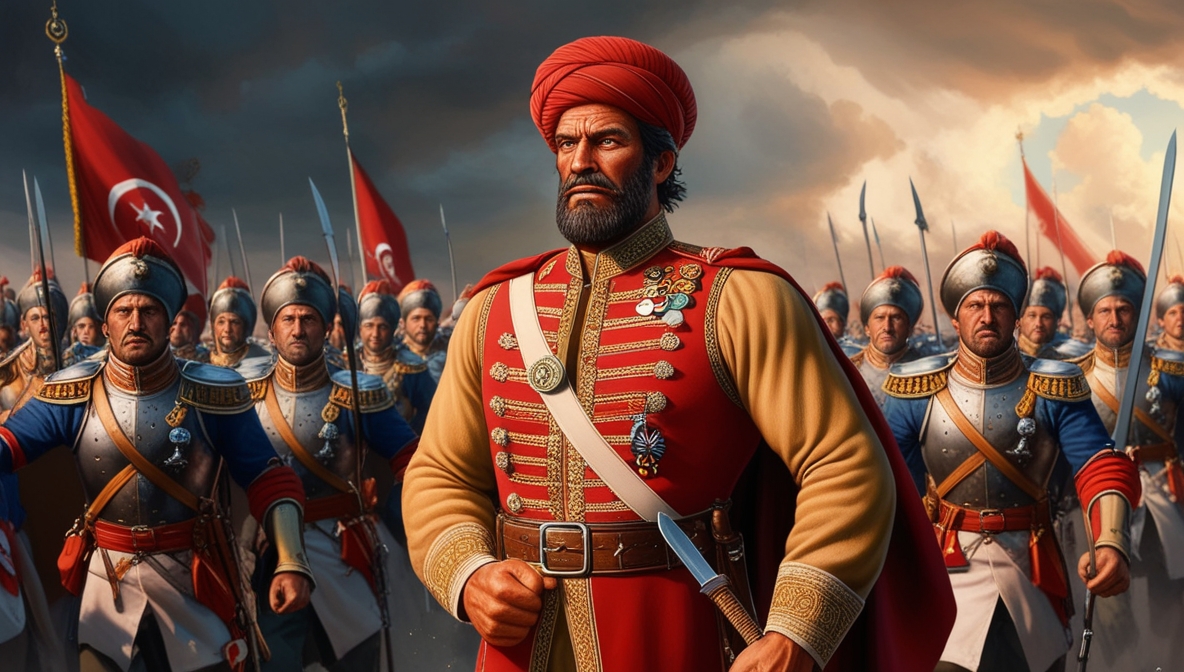
The Ottoman Empire controlled a vast 5.2 million square kilometers (2 million square miles) during its peak in the 16th century under Suleiman the Magnificent. It ruled parts of Southeastern Europe, Western Asia, and North Africa, becoming one of the most powerful empires in the world. The Ottomans were known for their military prowess, administrative efficiency, and cultural achievements. They played a central role in world trade and politics for over 600 years. However, after a slow decline due to military defeats, nationalist movements, and World War I, the empire was dissolved in 1922, leading to the establishment of modern Turkey.
9. Macedonian Empire (336–323 BC)

The Macedonian Empire, built by Alexander the Great, spanned 5 million square kilometers (1.93 million square miles) at its height. Alexander conquered vast territories, including Greece, Egypt, Persia, and parts of India, in just over a decade. His campaigns spread Hellenistic culture and created one of the largest empires in ancient history. Alexander’s military genius and leadership changed the course of history, but the empire fragmented after his death in 323 BC, with his generals dividing the conquered lands into smaller Hellenistic kingdoms. The Macedonian Empire’s legacy lived on through the cultural diffusion it sparked across the known world.
10. Sassanid Empire (224–651 AD)
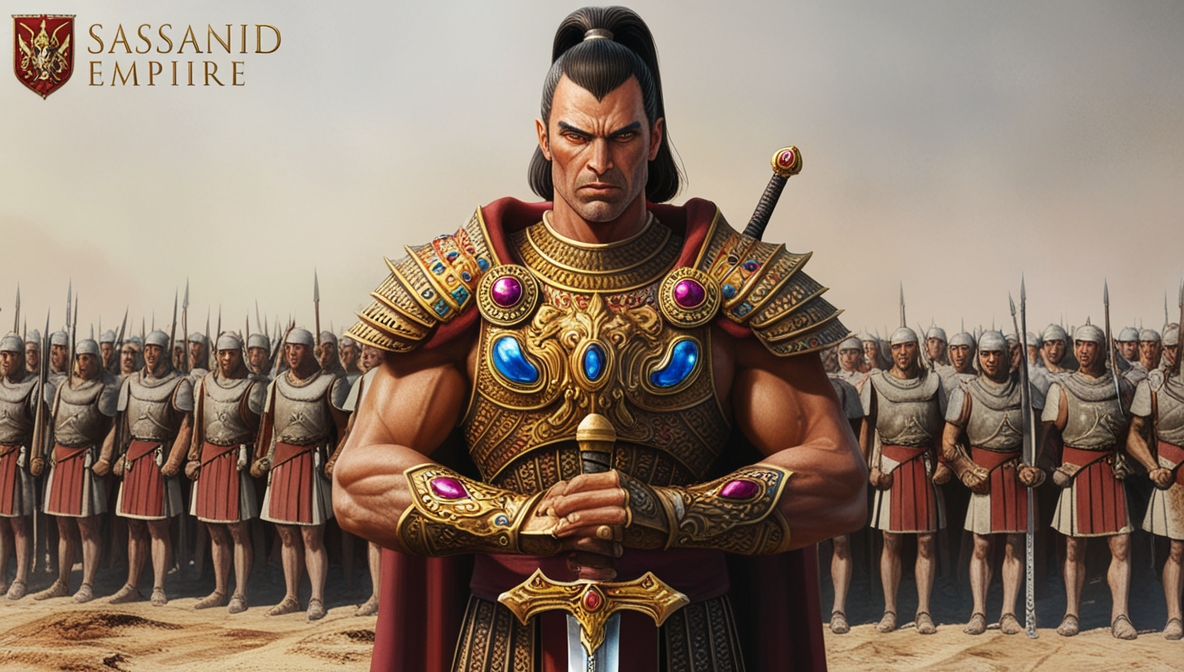
The Sassanid Empire, the last pre-Islamic Persian empire, controlled 3.5 million square kilometers (1.35 million square miles) at its peak under Khosrow I. The empire spanned present-day Iran, Iraq, the Arabian Peninsula, and parts of Central Asia. Known for its sophisticated administration, military power, and cultural achievements, the Sassanids were rivals to the Roman and Byzantine Empires. The Sassanid period is considered a golden age of Persian culture, with significant advancements in art, architecture, and science. The empire’s influence declined due to internal strife and repeated wars with Rome, culminating in its collapse following the Islamic conquests in the 7th century.




